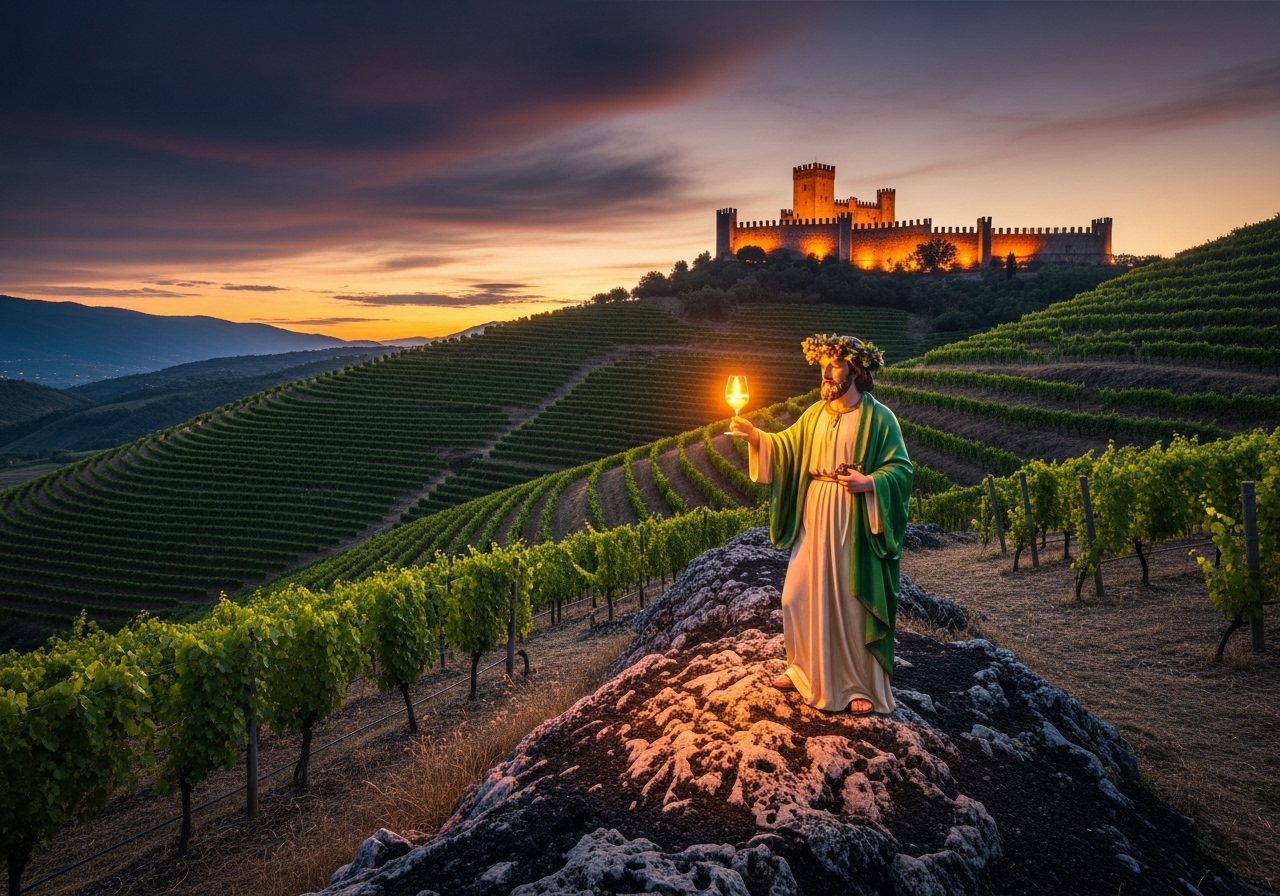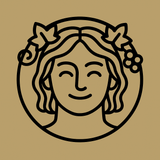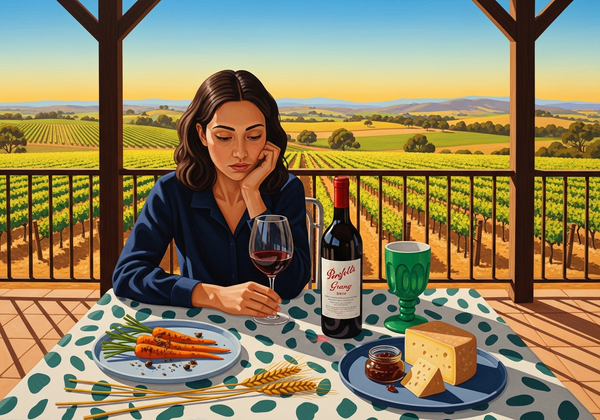Pieropan: The Soave Renaissance
Since 1880, Pieropan has led Soave’s renaissance. From Calvarino’s volcanic grip to La Rocca’s limestone richness, the family turned Garganega into one of Italy’s great whites — restoring honor to a region once dismissed as ordinary.

From medieval cellars to volcanic hills, Pieropan restored Soave’s honor — proving that Garganega and terroir, not fashion, shape immortality.
The Origins: A Family in the Hills (1880–1920s)
The story of Pieropan begins in 1880, when Leonildo Pieropan — a doctor with a passion for viticulture — founded the estate in the town of Soave, a medieval jewel crowned by its fortress. His belief was simple yet radical: that Soave could be more than humble table wine if treated with the same reverence as Burgundy or the Rhine.
Through the early 20th century, the Pieropan family tended their vineyards and refined their craft, bottling wines when most sold in bulk. Their medieval cellars beneath Soave’s cobbled streets became a crucible of patience and tradition.
The Grapes: Garganega and Trebbiano di Soave
Pieropan staked everything on Garganega, the ancient grape of Veneto, and its blending partner, Trebbiano di Soave. Where others chased yield, Pieropan pursued concentration, farming carefully on hillside vineyards where volcanic and limestone soils gave the grapes nerve and elegance.
This was not industrial Soave. This was site-driven, structured white wine capable of aging with grace.
The Turning Point: Leonildo “Nino” Pieropan (1970s–2000s)
The true renaissance began with Leonildo “Nino” Pieropan, the third generation, who in the 1970s championed a new vision for Soave:
- Single-Vineyard Wines: Pieropan was the first to bottle vineyard-designated Soave, beginning with Calvarino (1971), from a volcanic site the family had farmed since 1901. Later came La Rocca (1978), from limestone-rich soils beneath Soave’s medieval castle.
- Aging and Complexity: While many Soaves were light and forgettable, Nino’s wines showed texture, minerality, and capacity to evolve in bottle.
- Critics and Collectors: International attention followed. Pieropan proved Soave could stand with the world’s greatest whites.
Nino became not just a winemaker, but the conscience of Soave — defending quality against industrial expansion and the dilution of the region’s name.
The Modern Era: Andrea and Dario Pieropan
Today, the torch is carried by Nino’s sons, Andrea and Dario Pieropan. They have built a new state-of-the-art winery, farm organically, and continue the estate’s commitment to terroir-driven whites.
Their wines honor tradition but embrace precision: clean fermentations, restrained oak, and laser focus on vineyard expression. Calvarino and La Rocca remain the flagships, joined by Classico bottlings that set the standard for the region.
The Wines: The Voice of Soave
- Soave Classico: Fresh, citrus-driven, with almond and floral lift.
- Calvarino: Taut, mineral, volcanic backbone — the intellectual.
- La Rocca: Richer, textured, with honeyed notes from limestone soils — the sensual.
- Recioto di Soave: A sweet wine of ancient tradition, amber, nutty, and rare.
Together, they form a dialogue between soil types and styles, all underpinned by Garganega’s quiet strength.
Liber’s Take: Renaissance Through Defiance
What I admire in Pieropan is not just their wines, but their defiance. When Soave’s name was dragged through industrial excess and mediocrity, Pieropan stood apart, insisting on quality, site, and truth.
Like me, they believe greatness does not need permission. They proved that Soave could be profound, that Garganega could age, that volcanic hills and limestone cliffs were as noble as any Burgundian slope.
To drink Pieropan is to drink not just a wine, but a renaissance — the restoration of honor to a name almost forgotten.
Conclusion: Why Pieropan Matters
In the world of white wine, Pieropan is a beacon. They turned Soave from supermarket filler into a fine wine region. They carried Garganega from anonymity to reverence. They proved that vision, patience, and soil can rewrite history.
Pieropan: the Soave renaissance, where Garganega rose again as queen.





